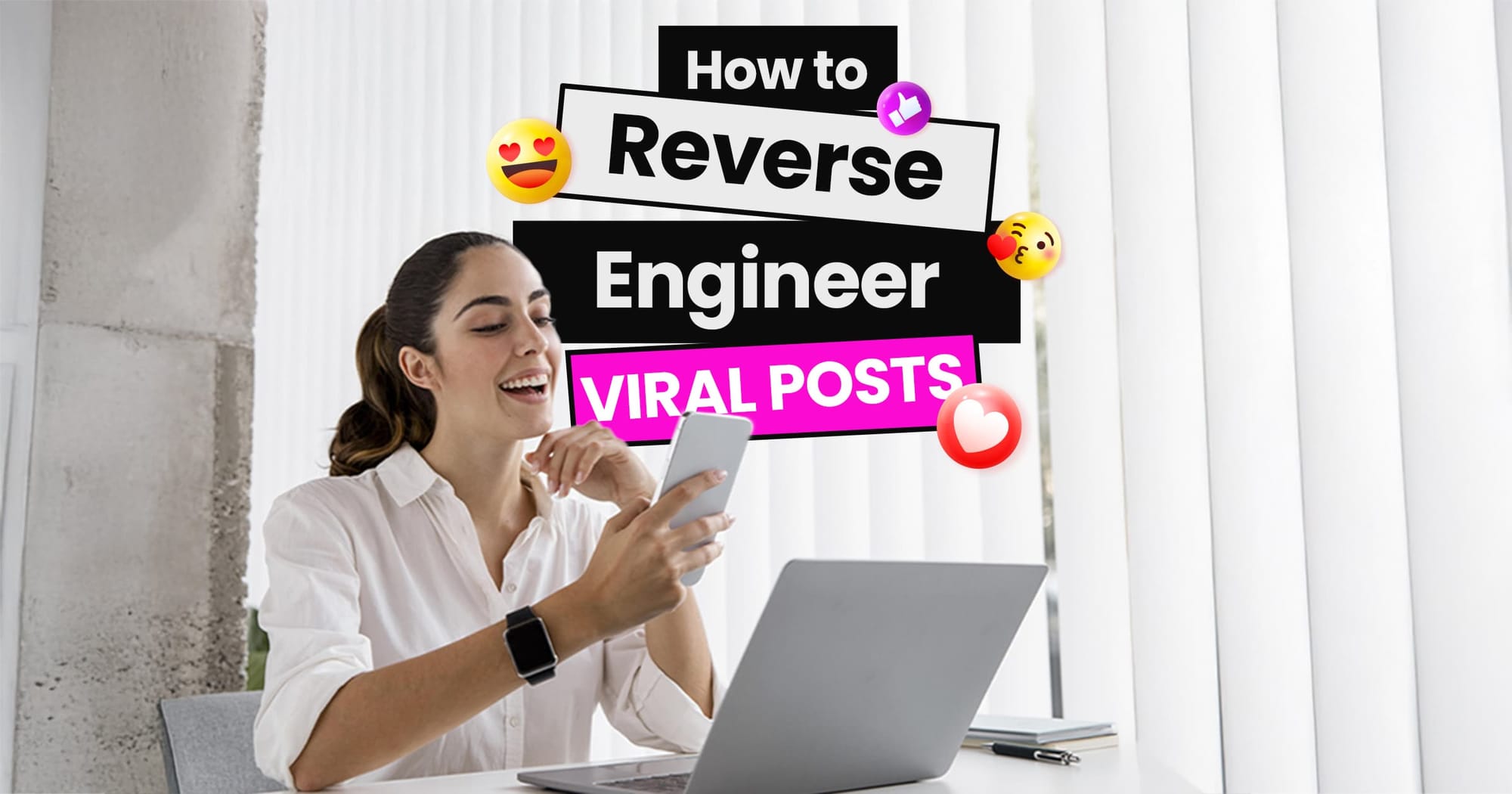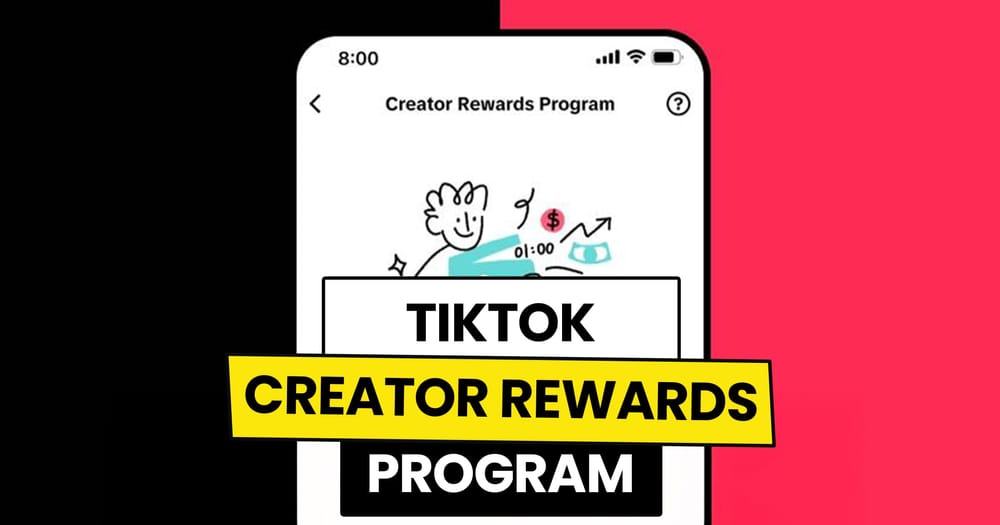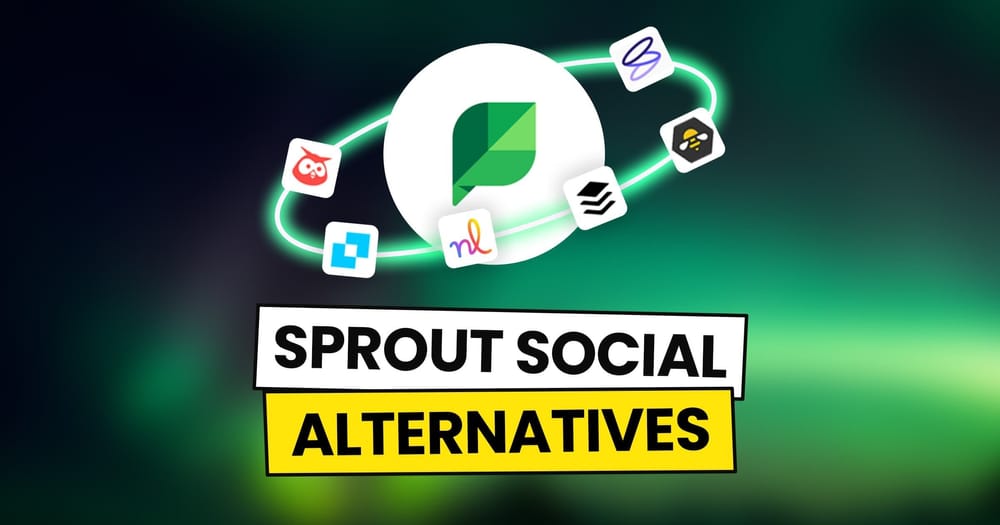You’ve seen it happen, a post blows up, racks up thousands of likes, shares, saves, maybe even lands your competitor on the Explore page or your For You feed for days.
And you wonder, how? Was it the timing? The format? The tone? Some secret formula you’re not in on? The truth is, most viral posts follow hidden patterns, emotionally charged hooks, familiar structures, subtle storytelling cues that can be decoded and reused.
That’s right, you can reverse engineer viral posts and turn them into your own swipeable, repeatable content templates. Not to copy, but to learn the mechanics, so you can recreate the results in your own voice, for your own audience.
Whether you’re building for reach, engagement, or saves, the blueprint is already out there, you just need to know how to find it, study it, and turn it into a system.
1. What Makes a Post “Viral”?
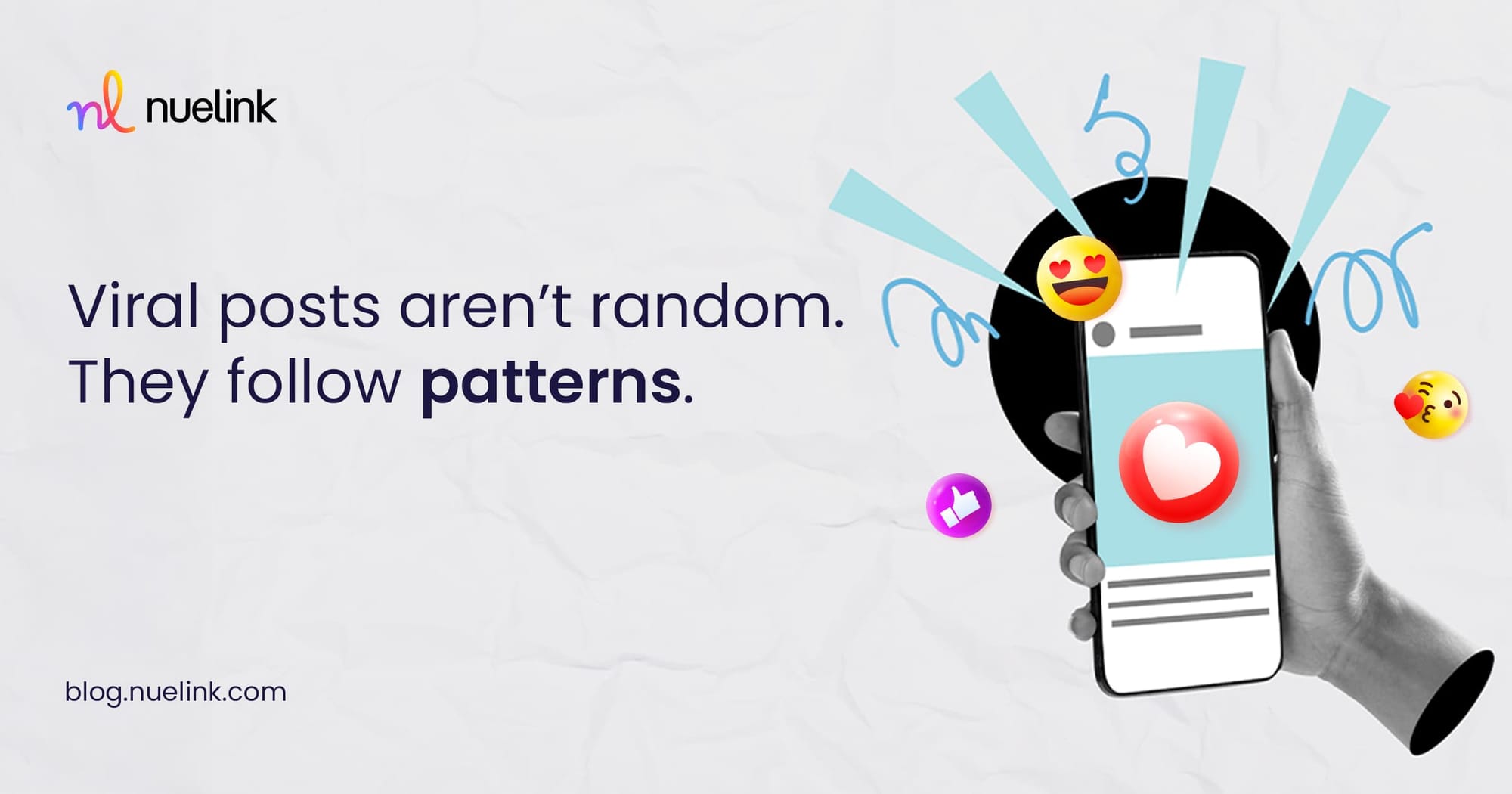
First, let’s get one thing straight, viral doesn’t always mean millions of views.
For some accounts, going viral means 10x your usual engagement. For others, it’s crossing that magic threshold where the algorithm starts doing the heavy lifting and pushing your content to non-followers. Either way, the point is the same, the post travels fast and far, reaching way beyond your existing followers.
But here’s the catch, viral posts aren’t random. They follow specific patterns.
Emotional Triggers Are Everything
If your post doesn’t make people feel something, curiosity, outrage, inspiration, nostalgia, it won’t spread. Virality lives at the intersection of value and emotion. Think about it:
- “This is SO me” → Share.
- “I can’t believe this” → Comment.
- “I need to remember this” → Save.
The most viral posts aren’t always the most polished. They’re the most felt.
Familiarity Wins
Viral content often plays within recognizable formats. Why? Because the brain loves familiarity. That’s why you keep seeing:
- Tweets turned into carousels.
- “POV” videos.
- Hook > Twist > CTA storytelling.
- Step-by-step breakdowns with bold headers.
These formats work because people already know how to engage with them.
Timing Helps, But Isn’t Everything
Yes, posting at the right time helps, but it won’t save a weak post. The best timing can boost visibility, but only if the content is already shareable.
2. Step-by-Step Reverse Engineering Process
So you’ve spotted a viral post in your niche, maybe it’s blowing up on TikTok, dominating Instagram, or getting reshared across Stories. The instinct is to admire it and scroll on. But don’t.
That post is a blueprint. And here’s how to break it down.
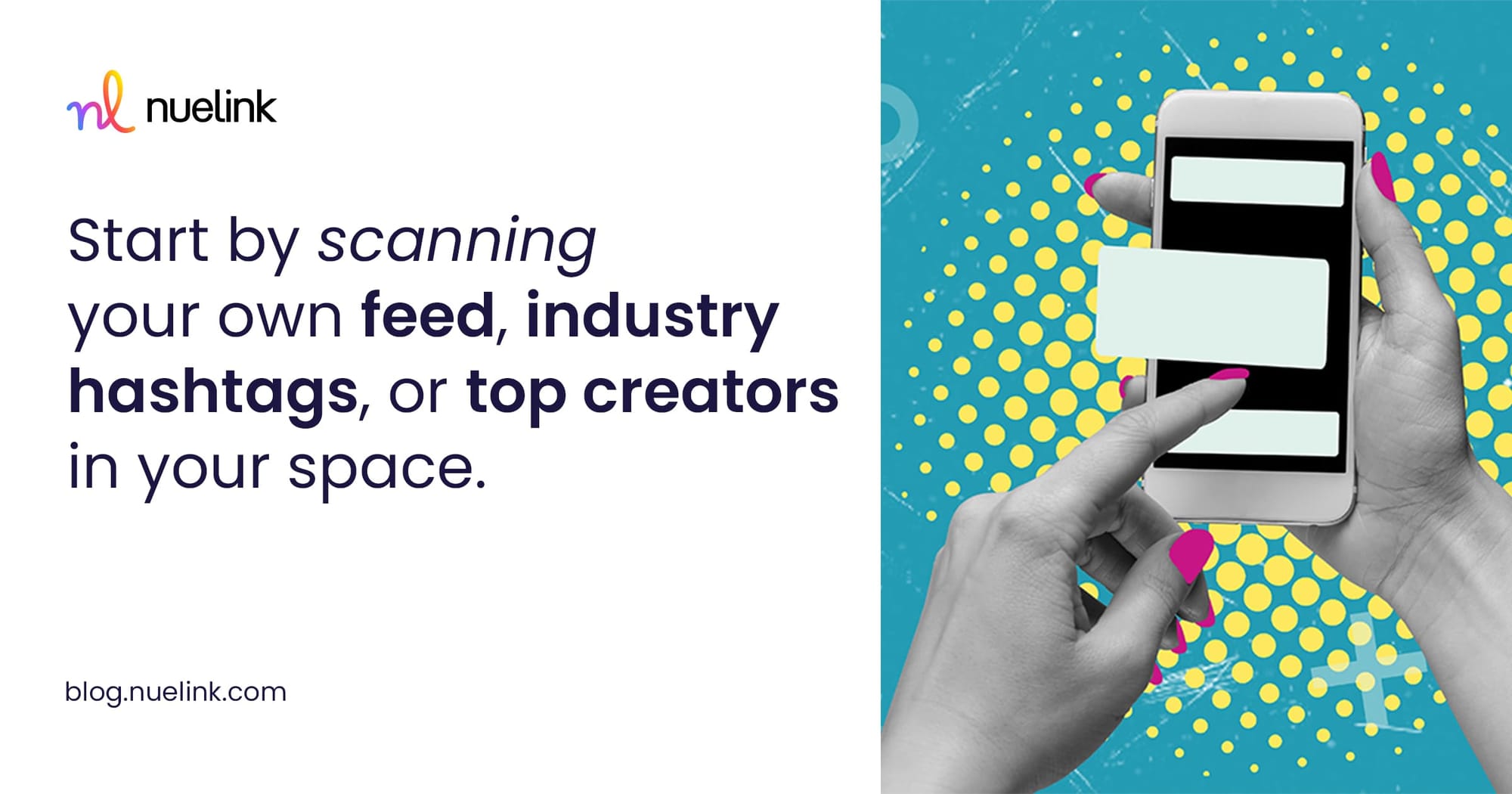
Step 1: Find High-Performing Posts in Your Niche
Start by scanning your own feed, industry hashtags, or top creators in your space. You’re not looking for viral just for the numbers, you want relevant, high-engagement posts aimed at your type of audience.
Step 2: Break Down the Core Mechanics
Once you’ve got a strong post, dissect it like a strategist:
- What’s the hook? Did it lead with a question, stat, hot take, or relatable moment?
- What’s the format? Is it a carousel, tweet-style graphic, short-form video, meme, or image with a bold caption?
- What tone is it using? Bold? Relatable? Educational? Sarcastic? Calm and credible?
- How is it structured? Does it follow a formula? Is it designed for skimming or swiping? Where is the call to action, and how is it framed?
List each component, hook, visual, tone, CTA, like you’re reverse-engineering a recipe.
Step 3: Spot What’s Repeatable
Now ask, what part of this structure can be reused?
Maybe the post starts with a bold claim that flips a common belief. Maybe it uses a simple list format with strong visual hierarchy. These are the mechanics you can turn into templates.
You’re not copying the post, you’re modeling the structure.
What you can repeat:
- Format.
- Flow.
- Emotional or informational setup.
- CTA style.
What you shouldn’t repeat:
- The specific story, experience, or exact language
3. Building Your Template Library
Once you’ve reverse engineered enough viral posts, the next step is to turn those insights into a system, something you can revisit, reuse, and refine over time.
That’s where a template library comes in. Templates aren’t about removing creativity. They’re about removing guesswork. You’re building reliable content structures that have already proven they work, so every post starts ahead of the curve.
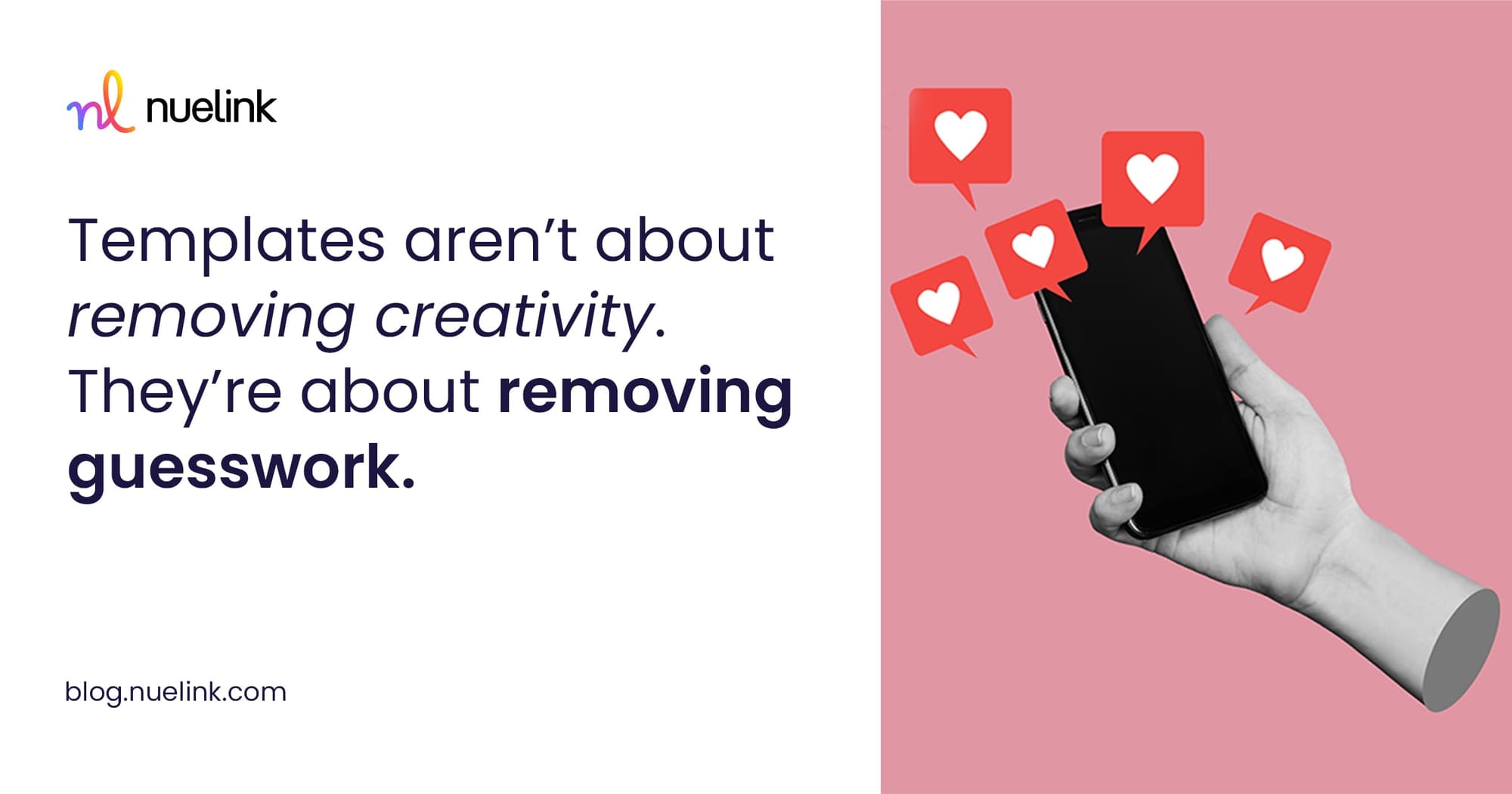
Start with Common Viral Structures
The best templates come from patterns you see again and again in top-performing posts. A few to begin with:
- Hook > Twist > CTA Start with something familiar or expected, then flip it and end with a clear call to action. Great for carousels, threads, or videos.
- Problem > Agitate > Solve One of the oldest copywriting structures still works perfectly for educational or offer-based content.
- List with Value Per Slide or Line “5 mistakes to avoid,” “7 tools I use every day”, these work across formats and deliver fast, skimmable value.
- POV or Relatable Statement > Insight > CTA Works especially well on Threads and short-form video. Hooks attention, then delivers clarity or reflection.
Every viral post you analyze can feed into one of these core structures. Over time, you’ll develop your own variations that fit your voice and audience.
You’ll get better results when you treat your content system like a lab, testing what works, refining based on data, and optimizing with every iteration.
Templates won’t make your content go viral on their own. But they’ll give you a proven starting point, and that’s where consistency meets growth.
4. Maintaining Originality While Repeating Success

Let’s be real, templated content can easily slide into copy-paste territory. And while consistency helps performance, sameness kills engagement. The key is knowing how to reuse what works without losing what makes your voice unique.
Because what separates a good creator from a great one isn’t just strategy, it’s authenticity layered on top of that strategy.
Adapt Templates to Your Brand Voice
Templates give you structure. Your voice gives them personality. 88% of consumers say authenticity is a key factor when deciding what brands they like and support.
That means every time you reuse a format, you should still rewrite it through your lens. Ask:
- How would you say this?
- What reference points or examples match your audience?
- Is the tone aligned with how you show up?
Use, Don’t Steal
Reverse engineering doesn’t mean plagiarizing. Ethical repurposing means studying how something works, not copying what it says.
Credit sources when you're inspired by specific ideas or formats, especially if you’re riffing off a trend or remixing someone’s concept. This gives you credibility in your space, and you don’t want to end up like this creator.
Know When to Scale, When to Experiment
Once you find a template that works, lean into it, but don’t stop testing. Here’s a simple rule:
- Scale what consistently delivers results (reach, clicks, saves).
- Experiment when engagement goes flat or your audience shifts.
Test new hooks. Flip the format. Challenge your own style once in a while. Because virality isn’t just about formulas, it’s about freshness.
The goal isn’t to go viral once. It’s to create a system where you can do it again, and again, in your own voice, without burning out or starting from scratch every time.
Reverse engineering gives you the map. Templates give you the path. Your voice is what makes the journey worth following. And Nuelink provides you with the tools to make all of this happen.

